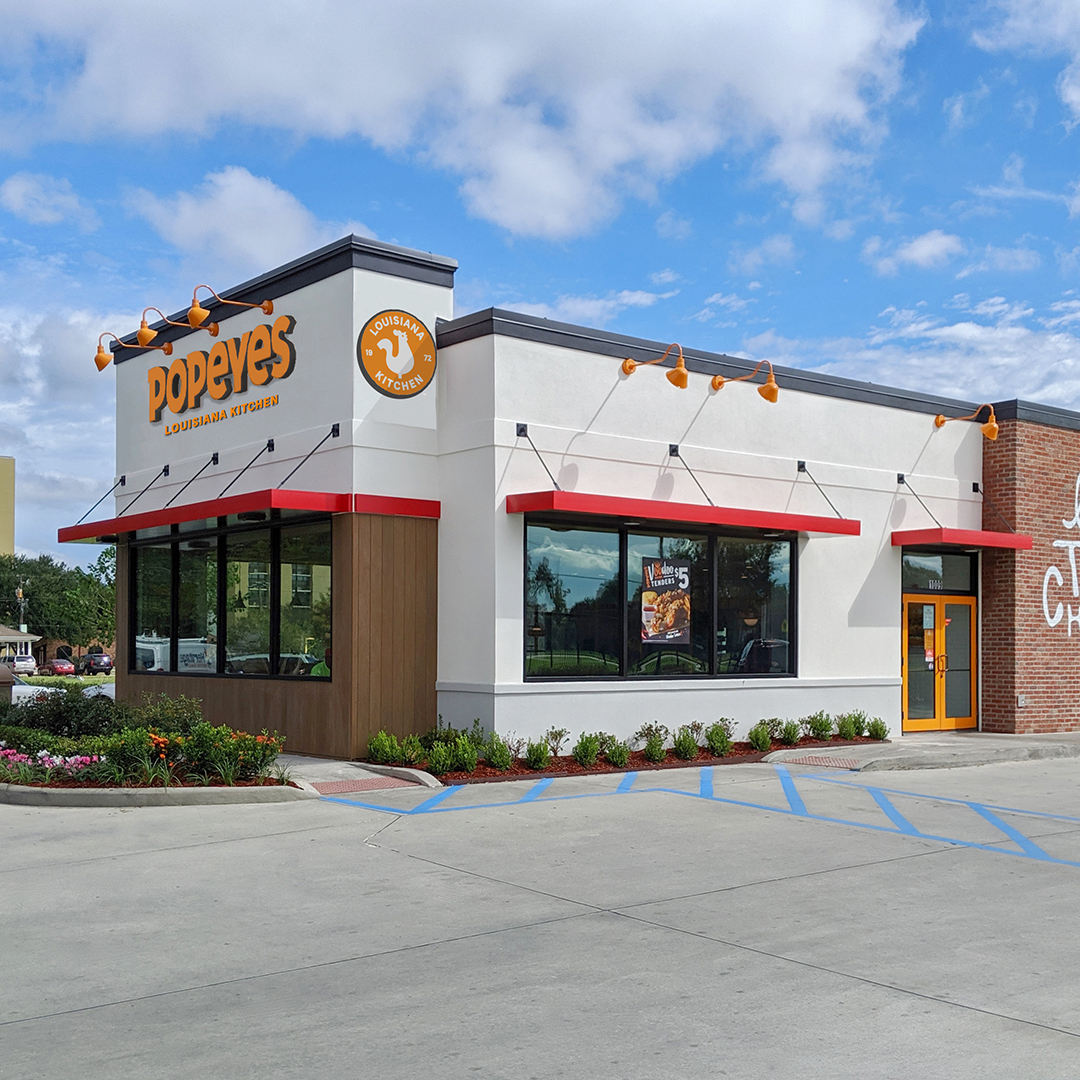|
Getting your Trinity Audio player ready...
|
Jon Dishotsky started his career as ambitiously as most other young professionals—with the primary concern being to acquire the trappings of wealth. After a few years, though, he remembered where his family had come from and started working towards solutions to improve lives, a goal his parents had tried to instill in him. “You can’t compromise your values,” he says.
Dishotsky’s parents were educators and social justice advocates, having arrived in San Francisco in the 1960s then living in a few different communes before settling down in Palo Alto to raise a family. Dishotsky reminisces that his childhood home always included university students renting rooms. The students got cheap rent and the Dishotsky kids got Stanford engineering students to help them with science projects.

A few years ago, deeply aware of affordable housing shortages in his native Bay Area, Dishotsky challenged the tech world to “Stop building photo apps. Build housing solutions.”
He even opted to step up to the plate himself. Reflecting on his own childhood, Dishotsky thought that communal housing might interest people navigating the constricted California housing market. “Communal housing was happening underground but not formalized,” he explains.
Dishotsky connected with Mo Sakrani, Josh Lehman, and Jesse Suarez to found Starcity, a global tech-enabled real estate brand that seeks to offer communal housing affordable to middle-class renters. “The goal is to make great cities accessible to everyone,” says Dishotsky. “I want to help the middle- and lower-income renters get access to cities with the best opportunities.”
Starcity’s first site went on the market in 2016. When the six bedroom-rehab in San Francisco’s SOMA neighborhood listed, 1,000 people applied to be tenants. Starcity now knew it had a viable model.
Technology is integral to Starcity’s approach, both in managing buildings and building communities, the CEO explains. His team has streamlined the exhausting process of apartment hunting, allowing future tenants to book a virtual tour, apply for a spot, and be accepted for move-in within an hour. Following the trend of easing user experience through tech, Dishotsky sees no reason that renting an apartment should cause any more of a headache than booking a hotel.
After trying various Software as a Service (SaaS) products, the Starcity team accepted that nothing off the shelf could accommodate the complexity of Starcity’s property management needs. It engineered its own software that handles everything from converting leasing leads to performance tracking. Starcity tenants also have access to an interactive app where they discover and interact with other members, RSVP to events, and file maintenance tickets. Unique to the communal experience of Starcity, the app also encourages residents to reach out and create in-person connections. “The app is key 2.0 to your home,” Dishotsky says.
An intention of both the app and Starcity’s properties in general is to offset social isolation. Dishotsky knows that, for people looking to stay in his buildings, money is a worry. However, these individuals also seek community and the app acts as a message board for curated events throughout Starcity properties. The CEO reports that, more than bar crawls or TV watching, “The most popular events are ones where people come together and talk to each other.”

After some trial and varying levels of success, Dishotsky has identified a best practice for Starcity properties. The magic balance for harmonious living, he believes, is through ten individuals that each have a private bedroom and bathroom but share kitchen and living space.
As more property managers come to believe that “community is the new amenity,” Starcity has begun to license out its tech. It’s also replicating what has already worked. Currently running 12 properties and offering 413 rooms in the Bay Area, Los Angeles, and soon international, Starcity is ready to scale.

The company has 1,610 rooms in development, 3,168 in negotiation, and intends to bring the company to many more cities by 2023. One of these properties includes a 16-story building with 50 percent of the units allocated to tenants earning minimum wage. Dishotsky says, “A project where people who make minimum wage can afford to live in the best cities in the world is unheard of. That’s the dream.”
The CEO has no problem admitting they have had some growing pains. The first idea, years ago, was to put shipping containers on the top of warehouse buildings. Dishotsky laughs, remembering how quickly land-use attorneys shot down that idea. Also, very early on, Starcity received community pushback for potentially converting a single room occupancy (SRO) building into coliving. After listening to community feedback, the company decided that going forward it would only create new housing or convert existing housing. It has committed to not being a part of buyouts. “It’s difficult to know the repercussions your actions will have,” Dishotsky says. Just as he learned from his parents, the CEO is learning to put hubris aside and listen to those who have spent years working to provide affordable housing.
Starcity residents on average lease for close to 12 months, Dishotsky says. They are diverse in age and career path, all looking for community and an affordable place to live. They have found a satisfying answer to the complicated question all renters must consider: “What are you paying for?”


